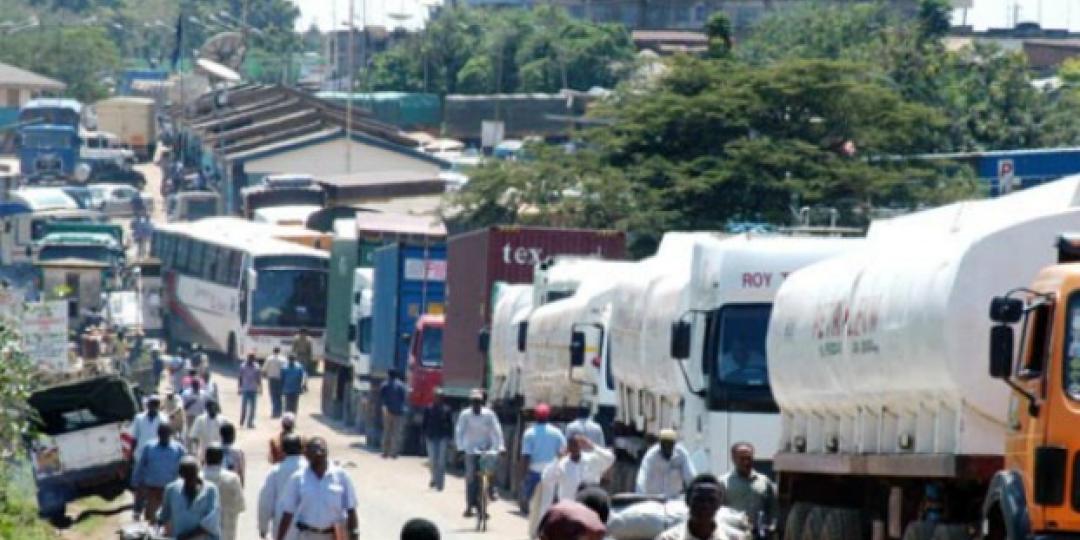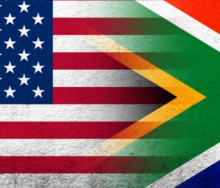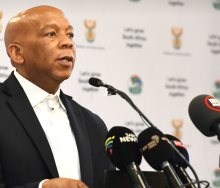High banking fees make it more cost-effective for Africans to pile bakkies, buses, cars and even bicycles high with goods than sending the money over the border.
According to the World Bank Migration and Remittances Factbook 2016, the cost of moving money across borders is the highest in Sub-Saharan Africa and in the Pacific Island countries.
People transferring money lose more than 20% of the value when sending $200 from Australia to Vanuatu, and 19% from South Africa to Zambia.
Transaction fees are 17% from SA to Botswana, and 16% from SA to Angola and Mozambique.
In the third quarter of 2015, the average cost worldwide remained close to 8% - which in itself is well above the 3% target set in the Sustainable Development Goals.
Remittance is big business – it’s estimated that migrants from developing countries are sending more than US$441 billion home a year.
This is three times the value of official aid flows.
South Africa is the destination for migrants in three of the 10 major migration corridors in 2013.
They were Burkina Faso–Côte d’Ivoire; Zimbabwe–South Africa; Côte d’Ivoire–Burkina Faso; Sudan–Saudi Arabia; Somalia–Kenya; Somalia–Ethiopia; Sudan–South Sudan; Mali–Côte d’Ivoire; Mozambique–South Africa; Lesotho–South Africa.
The top 10 remittance recipients in 2015 were Nigeria (US$20.8bn), Ghana (US$2bn), Senegal (US$1.6bn), Kenya (US$1.6bn), South Africa (US$1bn), Uganda (US$0.9bn), Mali (US$0.9bn), Ethiopia (US$0.6bn), Liberia (US$0.5bn) and Sudan (US$0.5bn)
Top 10 remittance senders in 2014 were Angola (US$1.3bn), South Africa (US$1.1bn or 0.3% of GDP), Liberia (US$0.4bn), Uganda (US$0.3bn), Mozambique (US$0.2bn), Mauritania (US$0.2bn), Kenya (US$0.2bn), Rwanda (US$0.1bn), Tanzania (US$0.1bn), Zambia (US$0.1bn).














